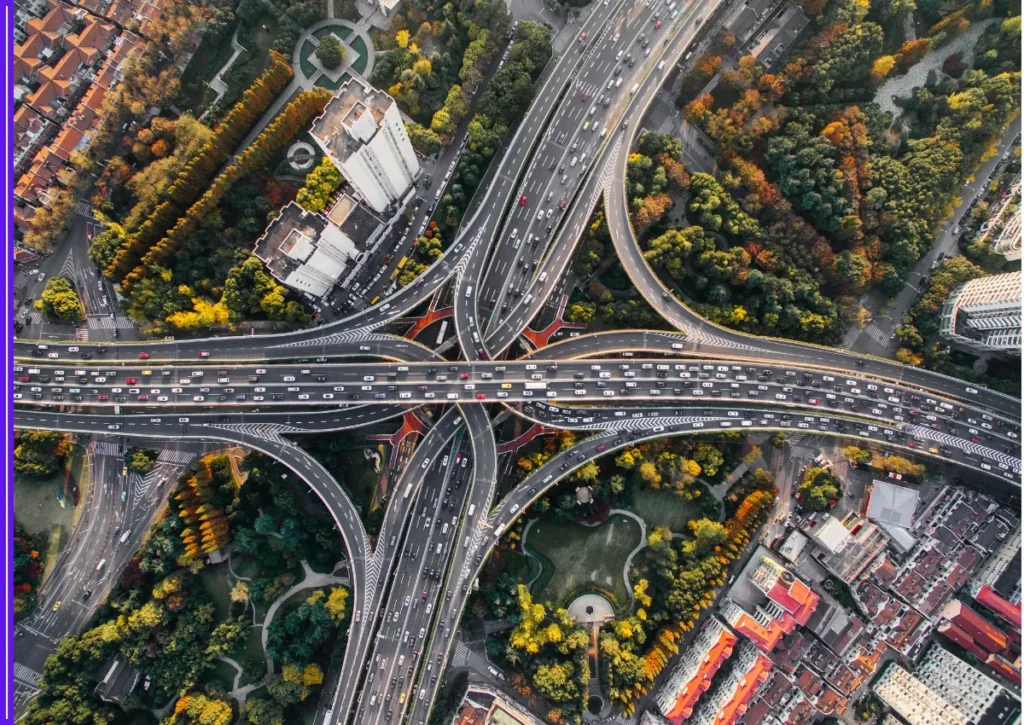India’s Micro, Small, and Medium Enterprises (MSMEs) are often hailed as the heart of the nation’s economy. With over 6.3 crore enterprises, they contribute significantly to employment, exports, and industrial output. Yet, millions of these businesses remain trapped in informality, struggling with limited access to finance, digital systems, and formal recognition.
But things are changing—thanks to the emergence of Digital Public Infrastructure (DPI). DPI isn’t just about digitising services; it’s about empowering small businesses with tools that level the playing field. From identity to credit, DPI is bridging the historic gaps that have kept MSMEs at the margins.

What Is Digital Public Infrastructure (DPI)?
Digital Public Infrastructure refers to open, inclusive platforms that offer foundational digital services—such as identity, payments, data sharing, and documentation—built and maintained for public good.
In India, DPI includes systems like:
- Aadhaar: Digital identity
- UPI: Unified Payments Interface for instant money transfers
- DigiLocker: Secure digital document storage
- Account Aggregator: Consent-based financial data sharing
- ONDC: A neutral, open digital marketplace
Together, they create a trusted digital layer that MSMEs can use to formalise, grow, and access credit without depending on traditional gatekeepers.
Why Most MSMEs Struggle
Before DPI, many MSMEs faced common roadblocks:
- No formal registration or PAN/GST number
- Cash-based transactions with no credit trail
- Lack of access to collateral-based bank loans
- Limited market access beyond local boundaries
- Difficulty navigating bureaucratic procedures
Even with intent to grow, these barriers kept them out of the formal economy—and without formality, finance was out of reach.
DPI as a Bridge: From Informal to Formal to Funded
Step 1: Establishing Digital Identity
With Aadhaar and PAN, small businesses can register under the Udyam portal easily. They get recognised by government systems, unlocking access to subsidies, schemes, and more.
Step 2: Creating Transaction Records
By adopting UPI payments, even a tea vendor or tailor can build a transaction history. This data can later support loan applications or help join platforms like ONDC.
Step 3: Digital Documentation
DigiLocker allows businesses to securely store GST certificates, trade licenses, and utility bills. These are readily shareable with banks or NBFCs when applying for finance.
Step 4: Sharing Data with Consent
Through the Account Aggregator framework, MSMEs can give lenders temporary, permission-based access to their financial data—like income flows or bank statements. This creates a new-age credit profile, even for businesses with no formal credit score.
Step 5: Expanding to Digital Commerce
Using ONDC, MSMEs can sell goods online without relying on big platforms. It’s affordable, inclusive, and ensures better discoverability of small sellers.
A Real-World Shift: From Kirana to Credit-Worthy
Imagine a small grocery store in Bihar. Earlier, it dealt only in cash, had no GST number, and no chance of getting a bank loan. Today, with a Udyam registration, UPI QR code, and bank statements shared via Account Aggregator, it becomes eligible for a ₹1–2 lakh working capital loan from a digital lender.
This transformation—from invisible to investible—happens without middlemen, paperwork delays, or hidden costs. That is the power of DPI.
Government Support Is Key
Digital infrastructure has grown fast due to consistent government investment and policy support. Key initiatives include:
- PM SVANidhi: Credit for street vendors
- MUDRA Loans: Collateral-free funding for micro units
- Udyam Portal: Online registration for MSMEs
- India Stack: The backbone of India’s DPI framework
These efforts show how public policy and digital tools can combine to unlock massive opportunity.
Challenges Still Remain
While DPI has created a foundation, more work is needed:
- Digital literacy among micro-enterprises is still low
- Many MSMEs in remote areas lack internet access
- Private players must build easy-to-use platforms
- Trust in digital systems needs to grow through awareness
Yet, the direction is clear. DPI is no longer an idea—it’s a working system empowering millions.
Conclusion: DPI Is the Future of MSME Growth
From registration to revenue, from invisibility to bankability, Digital Public Infrastructure is changing the game for India’s MSMEs. It reduces dependency on legacy systems and opens doors to finance, markets, and scale.
As India marches toward a $5 trillion economy, MSMEs—empowered by DPI—will be its true growth engines.
FAQs
Q. What is the role of Account Aggregators in helping MSMEs?
Account Aggregators allow MSMEs to share financial data with banks in a secure, consent-based way—helping build alternative credit histories.
Q. How does ONDC benefit small businesses?
ONDC gives MSMEs a chance to list their products on a fair and open digital marketplace without paying high platform fees.
Q. Can an unregistered business apply for a loan?
Not usually. But with Udyam registration and a digital trail (UPI/GST), even tiny businesses can now qualify for collateral-free loans under schemes like MUDRA.
Q. Is DPI safe for small business owners?
Yes. Most platforms like Account Aggregator and DigiLocker are regulated by RBI or government authorities. They ensure high data privacy and user control.









